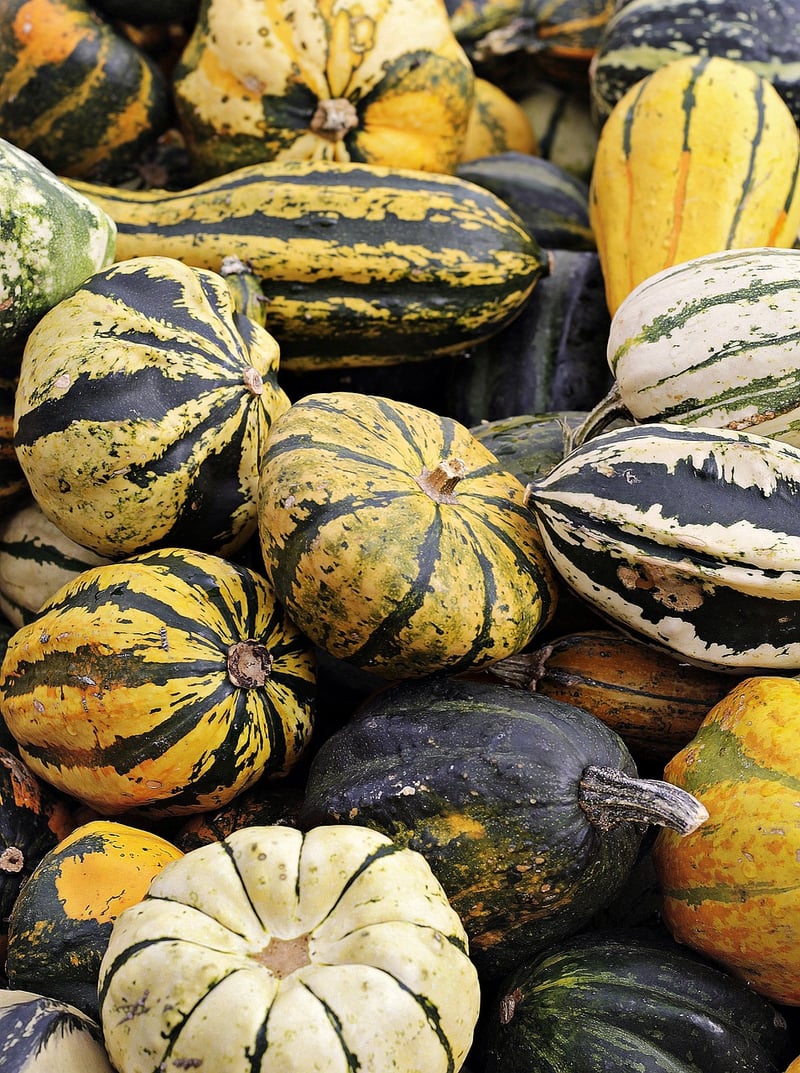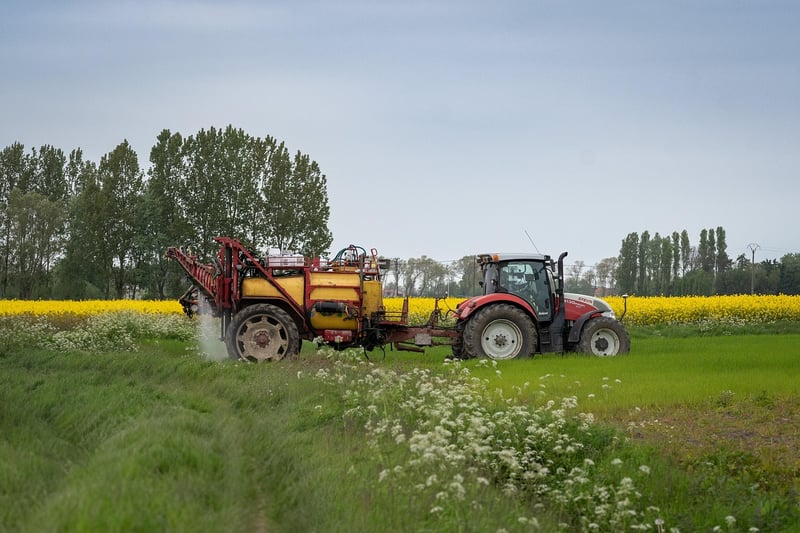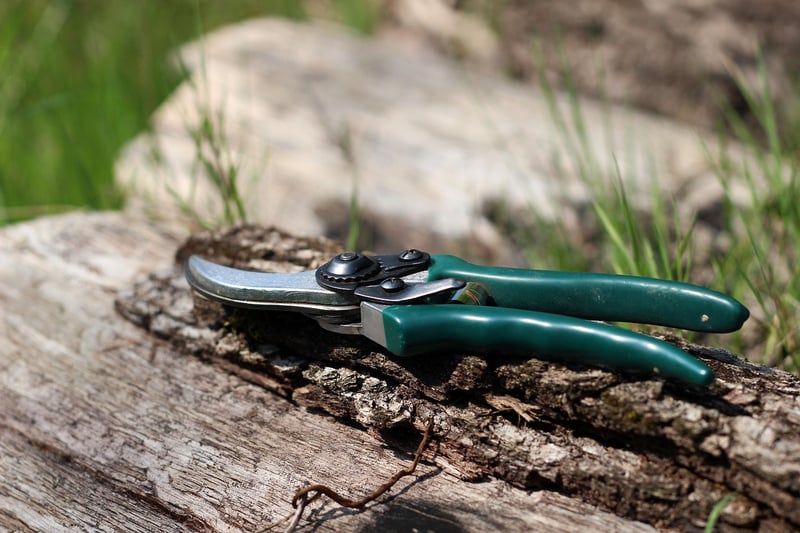Pruning Techniques
Guide to Nurturing Plants and Pruning Techniques
Nurturing Plants
Whether you are a seasoned gardener or just starting out, nurturing plants requires attention and care. Here are some essential tips to help your plants thrive:
1. Choose the Right Location:
Ensure your plants receive adequate sunlight based on their requirements. Some plants thrive in full sun, while others prefer partial shade.
2. Watering:
Water your plants regularly, but be cautious not to overwater. The frequency of watering depends on the plant type and the season.
3. Fertilizing:
Use appropriate fertilizers to provide essential nutrients to your plants. Be mindful of the specific needs of each plant to avoid over-fertilization.
4. Pruning:
Regularly prune your plants to remove dead or overgrown branches. Pruning helps promote new growth and maintains the plant's health.
Pruning Techniques
Pruning is a crucial practice to ensure the health and aesthetics of your plants. Here are some common pruning techniques:
1. Deadheading:
Remove spent flowers to encourage the plant to produce more blooms. Deadheading also prevents the plant from expending energy on seed production.
2. Thinning:
Thinning involves removing excess branches to improve air circulation and light penetration within the plant. This technique helps prevent diseases and encourages healthy growth.
3. Heading Back:
Heading back is the practice of cutting back the tips of branches to promote branching and denser growth. This technique is useful for shaping plants and controlling their size.
4. Rejuvenation Pruning:
Rejuvenation pruning involves cutting back the entire plant to stimulate new growth. This technique is beneficial for revitalizing overgrown or neglected plants.
By following these nurturing and pruning tips, you can ensure your plants remain healthy and vibrant throughout the growing season.


